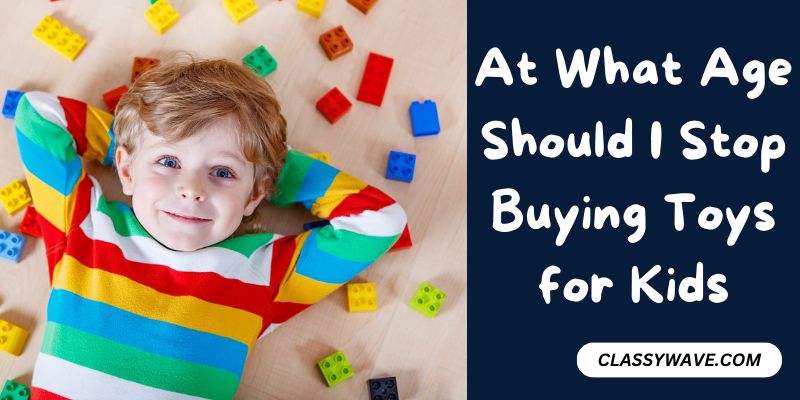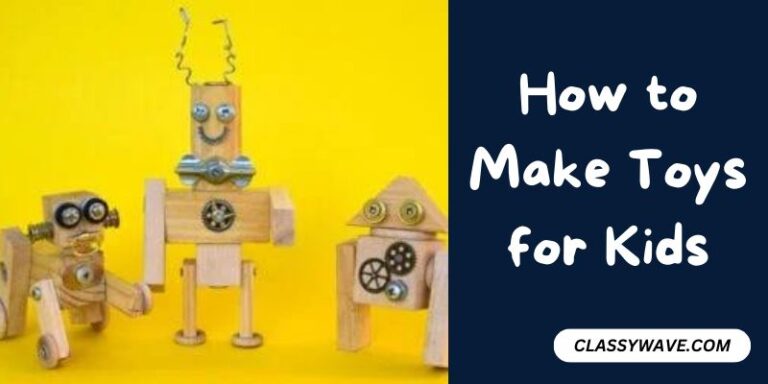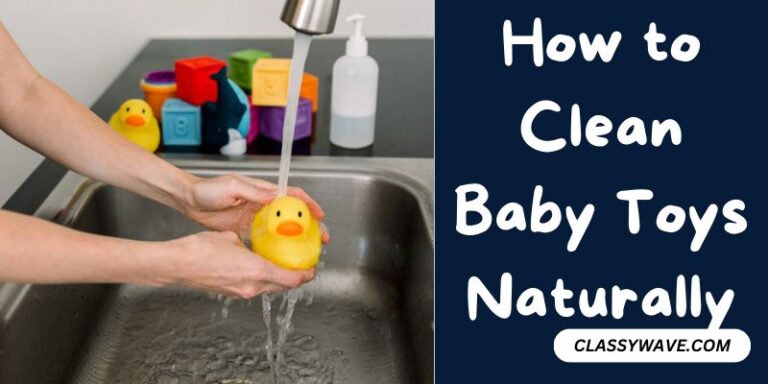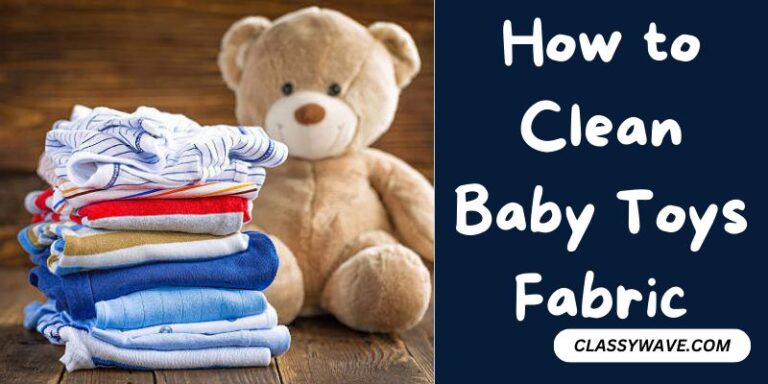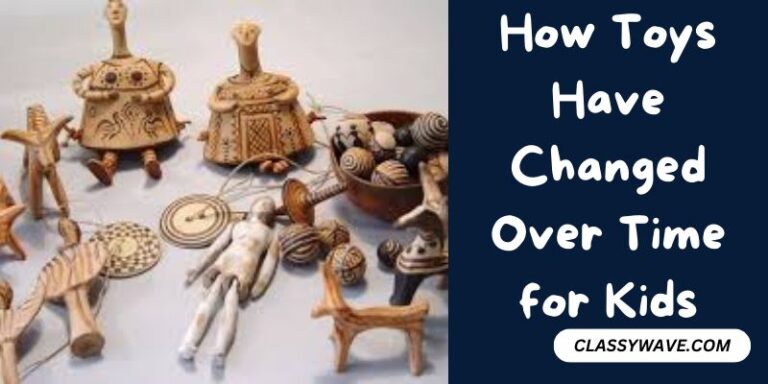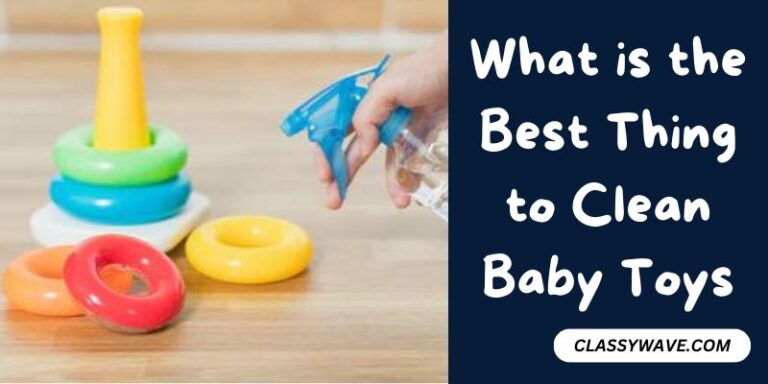At What Age Should I Stop Buying Toys for Kids – Guide for Kids
In the journey of parenting, one common dilemma often arises: at what age should I stop buying toys for kids? As children grow, so do their interests, skills, and developmental needs. Navigating this terrain requires a thoughtful approach to ensure that toys remain both enjoyable and beneficial.
Understanding what constitutes an age-appropriate toy is crucial. It goes beyond the mere age recommendation on the packaging; it involves aligning the toy with the child’s cognitive, motor, and emotional development.
Toys play a pivotal role in a child’s growth. They contribute to cognitive development, help refine motor skills, and influence social and emotional well-being. Choosing the right toys can significantly impact a child’s formative years.
Early Childhood Development
Cognitive Development
In the early years, cognitive development is rapid. Toys that stimulate the mind and encourage problem-solving are essential for laying a strong foundation for future learning.
Motor Skills Development
From grasping objects to coordinated movements, toys play a vital role in refining motor skills. Age-appropriate toys should align with the child’s current developmental stage.
Social and Emotional Development
Toys that promote social interaction and emotional expression are crucial. They help children understand emotions, develop empathy, and navigate social situations.
Age Segmentation in Toy Purchases
Infants and Toddlers (0-2 years)
During this stage, sensory and tactile toys are beneficial. Soft toys, rattles, and textured objects stimulate the senses and aid in motor skill development.
Preschoolers (3-5 years)
Imaginative play becomes prominent. Toys that foster creativity, such as building blocks and pretend-play sets, contribute to cognitive and social development.
School-age children (6-12 years)
Educational toys take center stage. Board games, puzzles, and science kits engage growing minds and promote learning in a fun way.
Teenagers (13+ years)
As children enter adolescence, interests diversify. Hobbies and more complex games align with their changing preferences and cognitive abilities.
Signs of Outgrowing Toys
Lack of Interest
Children naturally outgrow toys as their interests evolve. Observing waning enthusiasm can indicate it’s time to explore new options.
Changing Interests
As children develop their personalities, their interests may shift. Adapting to these changes ensures that toys remain relevant and engaging.
Developmental Milestones
Closely monitoring developmental milestones helps in selecting toys that align with the child’s current abilities and challenges.
Balancing Toys and Technology
Impact of Technology on Play
In the digital age, balancing traditional toys with technology is vital. Limiting screen time and encouraging hands-on play foster a well-rounded childhood.
Encouraging a Mix of Activities
Diversifying play experiences contributes to a holistic development. Outdoor activities, art projects, and reading should complement screen-based entertainment.
Alternatives to Traditional Toys
Educational Tools
Beyond conventional toys, educational tools like interactive books and learning apps provide a modern approach to skill development.
Experiences and Activities
Consider experiences as gifts. Museum trips, art classes, and family outings create lasting memories while nurturing various aspects of a child’s growth.
The Role of Parents and Guardians
Observation and Communication
Regularly observing a child’s play and communicating with them about preferences ensures a collaborative approach to selecting toys.
Encouraging Creative Play
Fostering creativity involves providing open-ended toys that allow for imagination and self-expression.
Promoting Social Interaction
Toys that encourage group play foster social skills. Board games and team activities provide opportunities for shared experiences.
Sustainable and Eco-friendly Toy Options
Environmental Considerations
As environmental awareness grows, opting for toys made from sustainable materials reduces the ecological impact of toy consumption.
Choosing Toys with Longevity
Investing in toys with lasting appeal and durability contributes to a more sustainable approach to toy consumption.
Community and Social Impact
Donating Unused Toys
Clearing out toys that are no longer used teaches children about generosity and the importance of giving back to the community.
Participating in Toy Drives
Involvement in community-driven initiatives, such as toy drives, instills a sense of social responsibility in children.
Budget Considerations
Quality over Quantity
Prioritizing quality over quantity ensures that each toy serves a meaningful purpose in a child’s development.
Long-Term Value of Toys
Choosing toys with enduring value contributes to a budget-friendly and purposeful approach to toy selection.
Case Studies
Success Stories of Age-Appropriate Toy Selection
Real-life examples showcase the positive impact of selecting toys that align with a child’s developmental stage.
Challenges and Solutions
Examining challenges faced by parents in choosing toys and proposing practical solutions.
Expert Opinions
Insights from Child Development Specialists
Expert opinions on the importance of age-appropriate toys and their impact on children’s growth.
Recommendations on Age-Appropriate Toys
Guidance from specialists on selecting toys that foster optimal development.
Addressing Peer Pressure
Parental Influences vs. Peer Influences
Exploring the delicate balance between parental guidance and the influence of peer preferences on toy choices.
Fostering Independence and Decision-Making Skills
Empowering children to make informed toy choices within set boundaries encourages independence.
Conclusion
In the intricate tapestry of childhood, choosing the right toys is an art. From the early years of sensory exploration to the complexities of adolescence, age-appropriate toys play a pivotal role in shaping a child’s journey. Balancing traditional play with modern innovations, considering sustainability, and actively participating in a child’s play choices contribute to a rich and fulfilling childhood.
FAQs
Can I still buy toys for my teenager?
Absolutely! Look for toys that align with their evolving interests, such as hobby-related items or interactive games.
How do I know if my child has outgrown a toy?
Watch for signs of waning interest, and changing preferences, and consider if the toy still aligns with their developmental stage.
Are educational apps a good alternative to traditional toys?
Yes, educational apps can complement traditional toys, offering a modern approach to skill development.
How can I encourage my child to donate unused toys?
Involve them in the process, explaining the concept of giving back and participating in community initiatives like toy drives.
What role do parents play in toy selection?
Parents play a crucial role in observing, communicating, and guiding children to make informed and age-appropriate toy choices.

